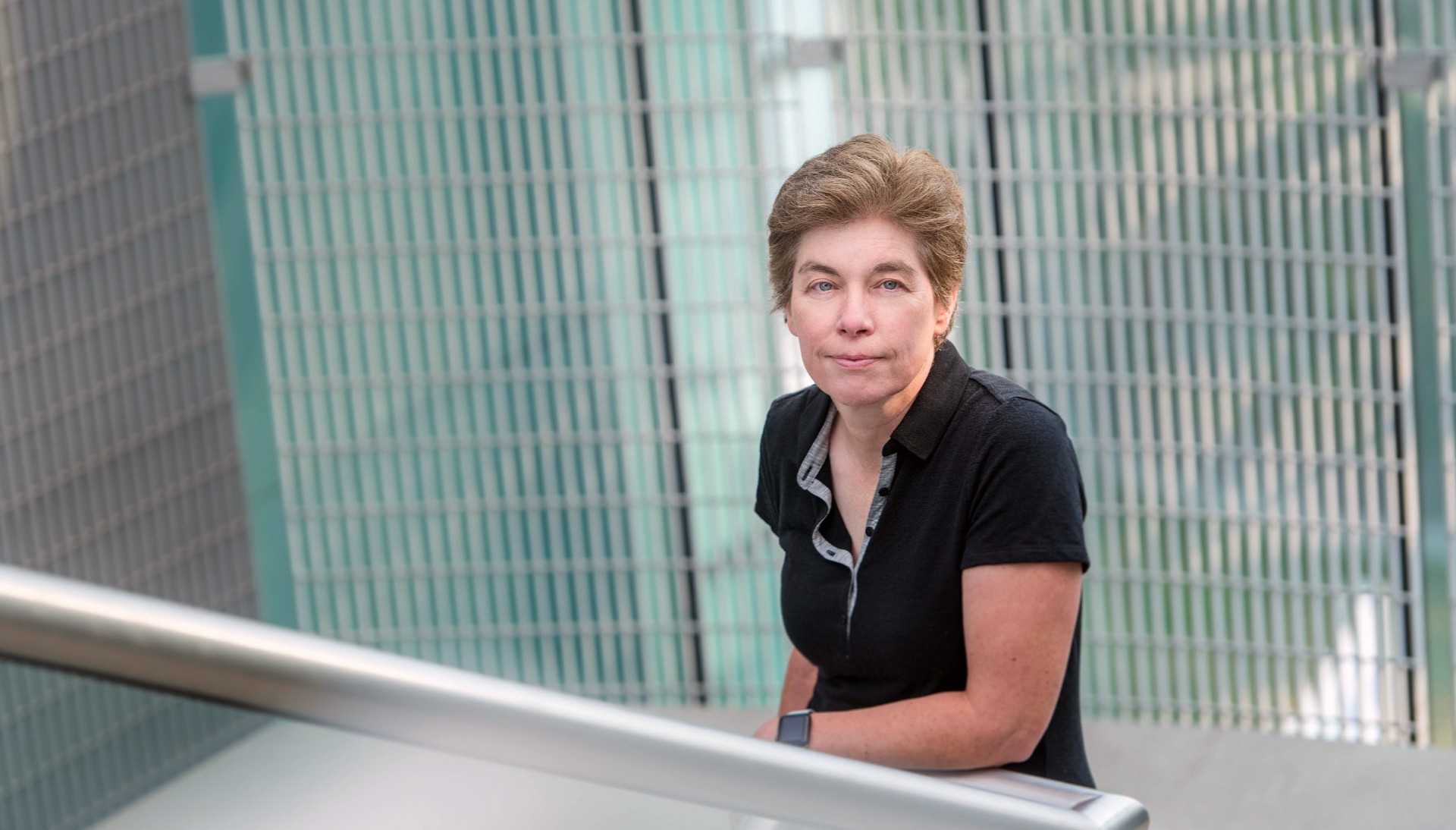Date & time
3 p.m. – 4:30 p.m.
Gail Murphy
This event is free.
Department of Computer Science and Software Engineering
John Molson Building
1450 Guy
Concordia Conference Centre, 9th Floor
Room EFG
Yes - See details

Continuity in software development is all about shortening cycle times. For example, continuous integration shortens the time to integrate changes from multiple developers and continuous delivery shortens the time to get those integrated changes into the hands of users. Although it is now possible to get multiple new versions of complex software systems released per day, it still often takes years, if ever, to get software engineering research results into use by software development teams. What would software engineering research and software engineering development look like if we could shorten the cycle time from taking a research result into practice? What can we learn from how continuity in development is performed to make it possible to achieve continuous adoption of research results? Do we even want to achieve continuous adoption? In this talk, I will explore these questions, drawing from experiences I have gained in helping to take a research idea to market and from insights learned from interviewing industry leaders.
Gail C. Murphy is a Professor of Computer Science and Vice-President Research and Innovation at the University of British Columbia. She is a Fellow of the Royal Society of Canada and a Fellow of the Association for Computing Machinery (ACM), as well as co-founder of Tasktop Technologies Incorporated. After completing her B.Sc. at the University of Alberta in 1987, she worked for five years as a software engineer in the Lower Mainland. She later pursued graduate studies in computer science at the University of Washington, earning first a M.Sc. (1994) and then a Ph.D. (1996) before joining UBC. Dr. Murphy’s research focuses on improving the productivity of software developers and knowledge workers by providing the necessary tools to identify, manage and coordinate the information that matters most for their work. She also maintains an active research group with post-doctoral and graduate students.
© Concordia University